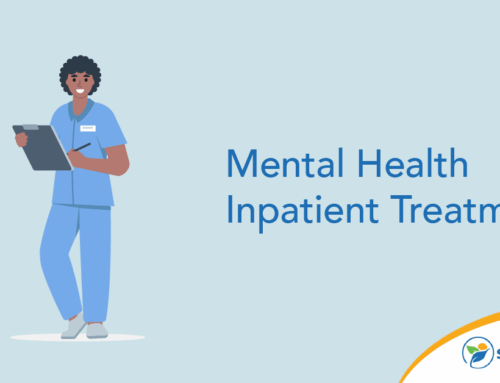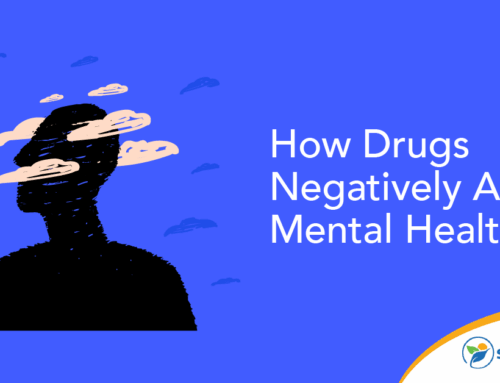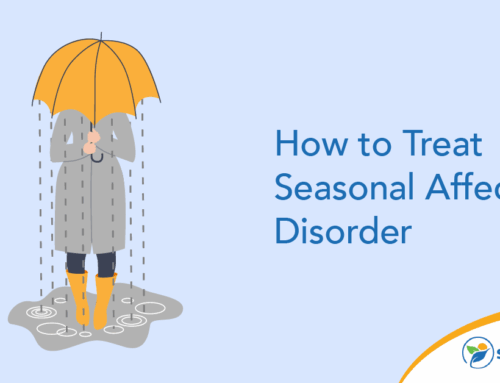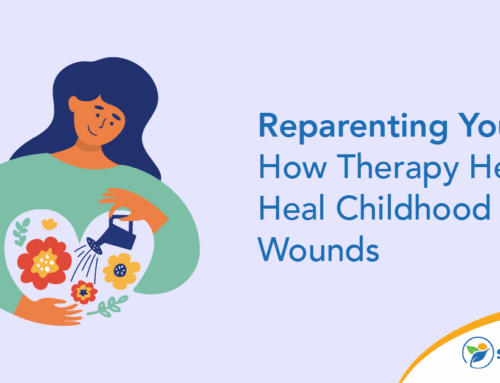Panic attacks aren’t uncommon. Each year, an estimated 3% of Americans suffer from panic disorder, with women affected more often than men. Despite this, the condition can be misunderstood by many who take the myths about panic disorder as fact. While misconceptions about mental health conditions are prevalent in the collective consciousness, they also cause harm and contribute to ongoing stigma.
Understanding Panic Attacks
Panic disorder falls under the broad umbrella of anxiety disorders, which also include obsessive-compulsive disorder and agoraphobia. A panic attack manifests as a sudden onset of intense fear when no immediate danger is present. This fear can be overwhelming and may feel like a sense of impending doom or a loss of control. Having panic attacks is a distressing experience, and they can seemingly strike without warning.
Physical symptoms such as heart palpitations, shortness of breath, chest pain and dizziness often accompany the emotional distress. Some people might experience depersonalization, or feeling disconnected from reality.
Panic attacks vary in intensity and duration. Some may be relatively mild and short-lived, while others can be severe and last for an extended period.
Debunking Common Myths About Panic Disorder
Panic attacks are often misunderstood, and the term is frequently used incorrectly. Misconceptions about the condition can perpetuate stigma and discourage some people from seeking treatment. Dispelling myths with interesting facts about panic disorder can help promote open discourse about the condition. Here are some of the most commonly believed myths about panic attacks.
Myth 1: Panic Attacks Are a Sign of Weakness
Having panic attacks is not a sign of personal failure. While researchers are unsure exactly what causes panic attacks, it’s likely a combination of genetic, biological and environmental factors. Anyone, regardless of how “strong” or “resilient” they are, can experience a panic attack.
Myth 2: Panic Attacks Always Have Specific Triggers
Panic attacks can be triggered by specific stressors, but they can also happen without an apparent cause. The unpredictability of these attacks contributes to the distress and anxiety experienced by those with panic disorder.
Myth 3: Panic Disorder Is Untreatable
While panic attacks can be recurrent, they aren’t necessarily lifelong. With appropriate treatment and coping strategies, you can learn to manage panic symptoms effectively. Therapeutic approaches such as cognitive behavioral therapy and certain medications can reduce the frequency and severity of panic attacks.
Myth 4: Panic Attacks Signal a Serious Medical Condition
While panic attacks can mimic symptoms of certain conditions such as heart attacks, they aren’t inherently dangerous. However, it’s a good idea to seek medical advice and rule out any underlying health conditions.
Myth 5: Panic Attacks Are Harmless
Panic attacks may not be life-threatening, but they can impact a person’s quality of life. Left untreated, panic attacks increase the risk of depression, substance abuse and other anxiety disorders. For example, people living with a panic disorder may start avoiding certain triggers, such as social events or leaving their house, which can lead to conditions like social anxiety and agoraphobia.
Myth 6: Panic Attacks Are Just Attention-Seeking Behavior
Watching someone experiencing a panic attack can be uncomfortable and even scary, but it doesn’t mean they’re exaggerating their reaction because they want attention. Panic attacks are a genuine and overwhelming response to perceived threats or stressors.
Myth 7: People Suffering From Panic Attacks Are Dangerous or Unpredictable
The misconception that someone with a mental health condition is dangerous is among the most harmful myths about panic attacks. It’s not easy watching someone experience a panic attack. However, such attacks aren’t an indication of a dangerous person. During a panic attack, a person is overwhelmed by intense feelings of fear and anxiety. They don’t completely lose control of themselves and are unlikely to become angry or violent.
Myth 8: Panic Attacks Only Happen to People With a Diagnosed Mental Health Condition
People with certain mental health conditions, such as post-traumatic stress disorder and generalized anxiety disorder, are more prone to experiencing panic attacks. However, panic attacks can affect people without any history of mental illness. External factors such as major life changes, stress or trauma can trigger panic attacks in people who’ve never experienced them before.
Myth 9: Panic Attacks Can Only Be Managed by Avoiding Triggers
Avoiding triggering situations or places may provide temporary relief, but it has the opposite effect over time. Therapists use gradual and controlled exposure to triggers as a way to help patients better cope with their panic disorder. As panic attacks may not be caused by one specific reason but by a combination of factors, learning how to manage triggering situations can help relieve symptoms in the long term.
Myth 10: Panic Attacks Can Be Stopped by Taking a Deep, Calming Breath
While mindfulness techniques and deep breathing exercises can help manage panic symptoms, they’re not as effective in stopping an ongoing panic attack. The experience of a panic attack can be intensely overwhelming and may require additional coping strategies or professional intervention. Telling someone to “calm down” while they’re having a panic attack might make them feel invalidated and inadvertently worsen the symptoms.
The Importance of Dispelling Misconceptions
Living with panic disorder can be an overwhelming and distressing experience. Not only can it be debilitating, but people with this disorder live with the constant anxiety of anticipating the next one. This affects all aspects of day-to-day life and, in some cases, makes it impossible to function. Someone with panic disorder may avoid simple tasks such as going to the grocery store or attending social gatherings out of fear of triggering a panic attack.
Misconceptions perpetuate stigma and cause people affected by mental health conditions to feel ashamed and isolate themselves. Many people with panic disorder suffer in silence as they fear they’ll either be judged or misunderstood by those around them.
By learning the facts about panic disorder, we can raise awareness and foster empathy and understanding for those suffering from this condition. Without the shame that comes with stigma, people are more likely to get mental health treatment and seek out the support they need from friends and loved ones.
Though panic attacks can feel daunting, recovery is possible. If you’re facing a panic disorder, contact our team at Sunlight Recovery today. We can take your call any time, day or night. Don’t delay — take the first steps toward a happier, healthier version of yourself.







